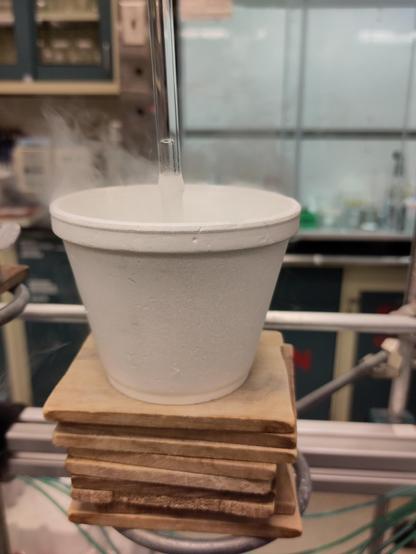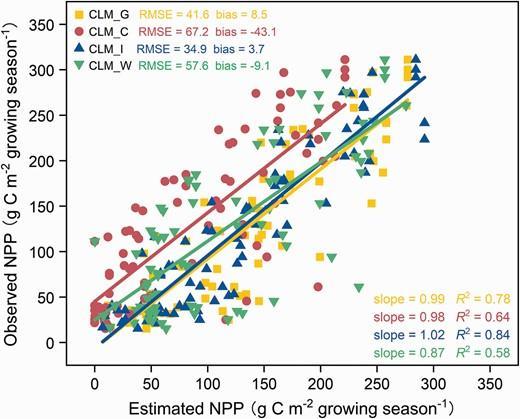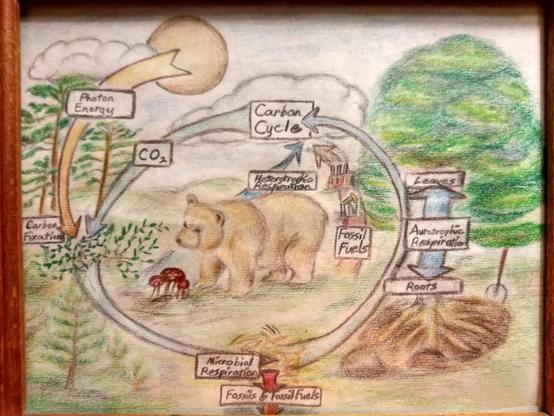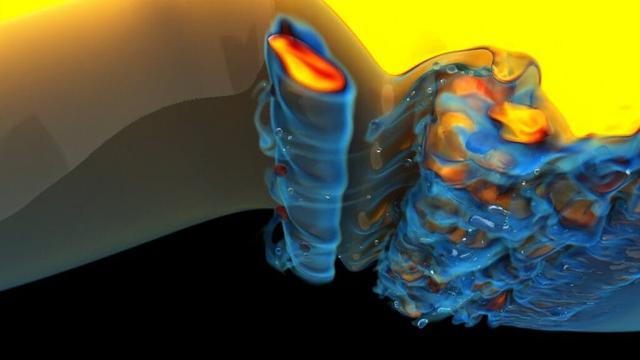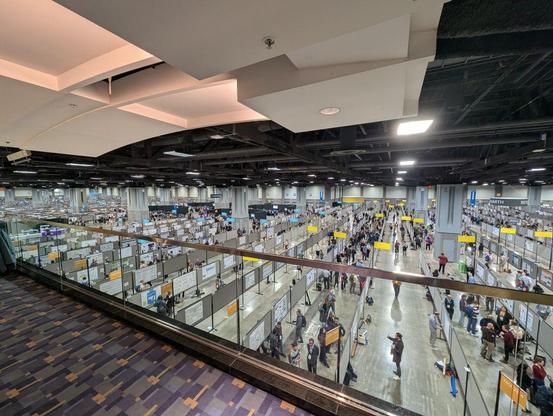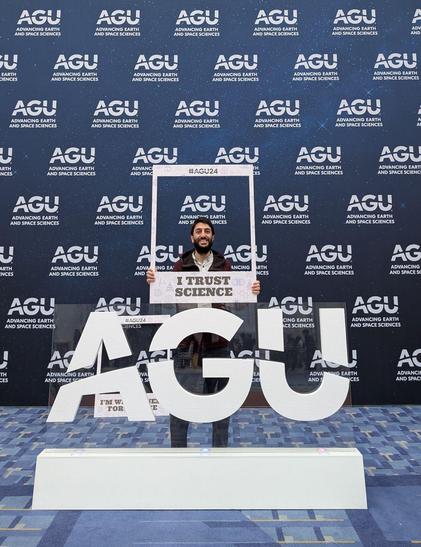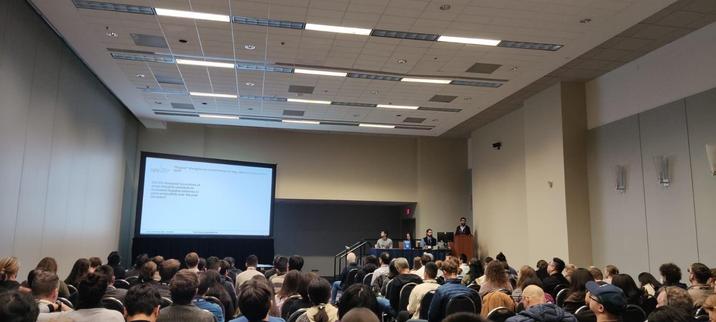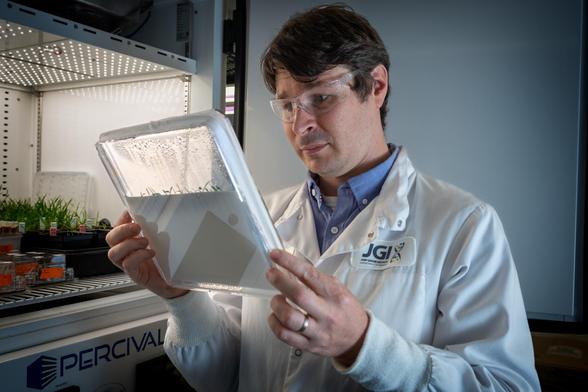Freezing a CO2 sample into a glass ampoule with titanium hydride and zinc hydride, with another ampoule inside that contains iron. This is done with liquid nitrogen in a styrofoam cup because we have to seal the ampoule with flame and these cups can be sacrificial if torchwork is sloppy.
We later heat these ampoules up to a point when hydrogen gas is produced by the hydrides. The hydrogen and carbon dioxide gases bounce molecularly around the chamber and when both molecules find themselves in proximity of the iron surface at the same time, they form water and graphite (solid). The end result is graphite that can be packed into an aluminum cathode (with the iron) and ultimately sputtered with a cesium ion beam in vacuum to form a negative carbon ion beam that is accelerated through a mass spectrometer to count the ration of 14C to 12C (radiocarbon dating).
The original sample here was mangrove peat, which are measuring to determine the ability of mangroves to pump atmospheric CO2 down to deeper depths of mangrove peat.
#science
#VacuumSeparations
#ClimateChange
#CarbonCycle
#MarineScience
#EarthScience
